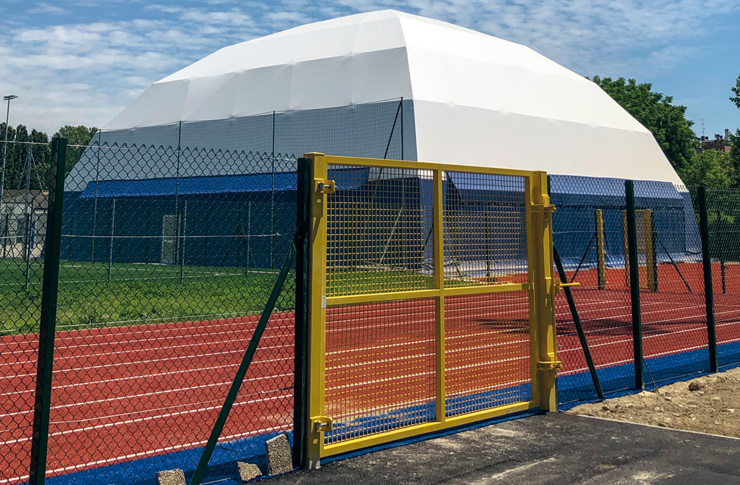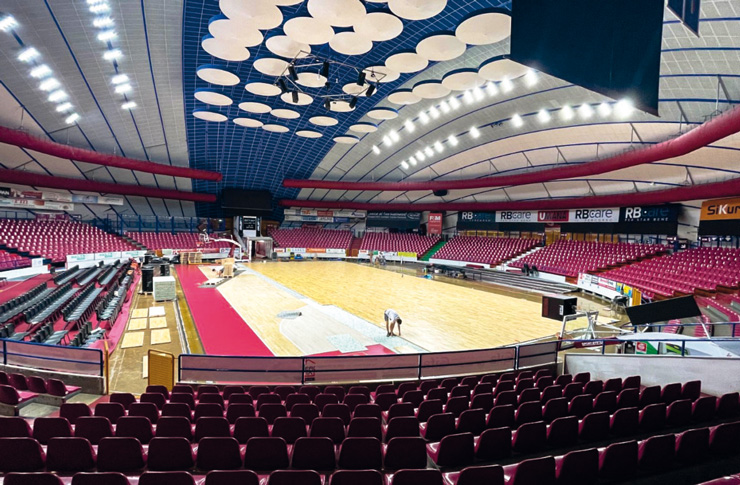The FIFA World Cup 2022 could become an important case study of how a tournament of this size can change the paradigms of the ‘legacy’ left to cities in terms of structures and facilities.
FIFA World Cup 2022: the new and the traditional in Qatar’s stadiums
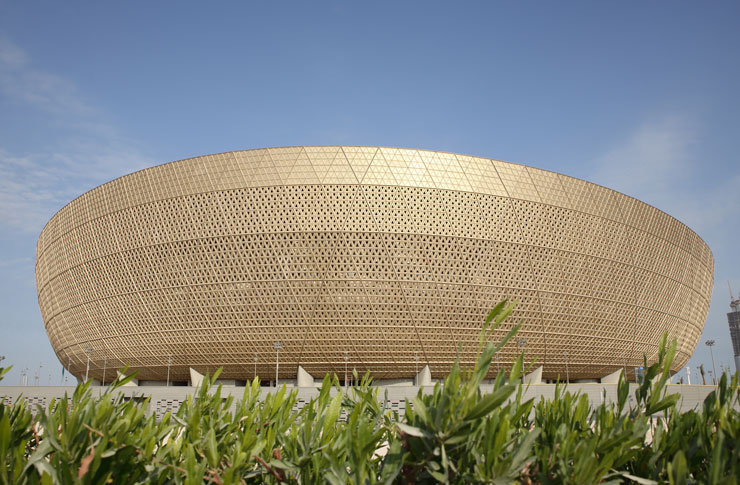
Lusail Iconic Stadium (©Colin Mc Phedran)
The FIFA World Cup 2022, which takes place from 20 November to 18 December 2022, could become an important case study of how a tournament of this size can change the paradigms of the ‘legacy’ left to cities in terms of structures and facilities, reinterpreted also thanks to a new approach to sustainability and energy efficiency.
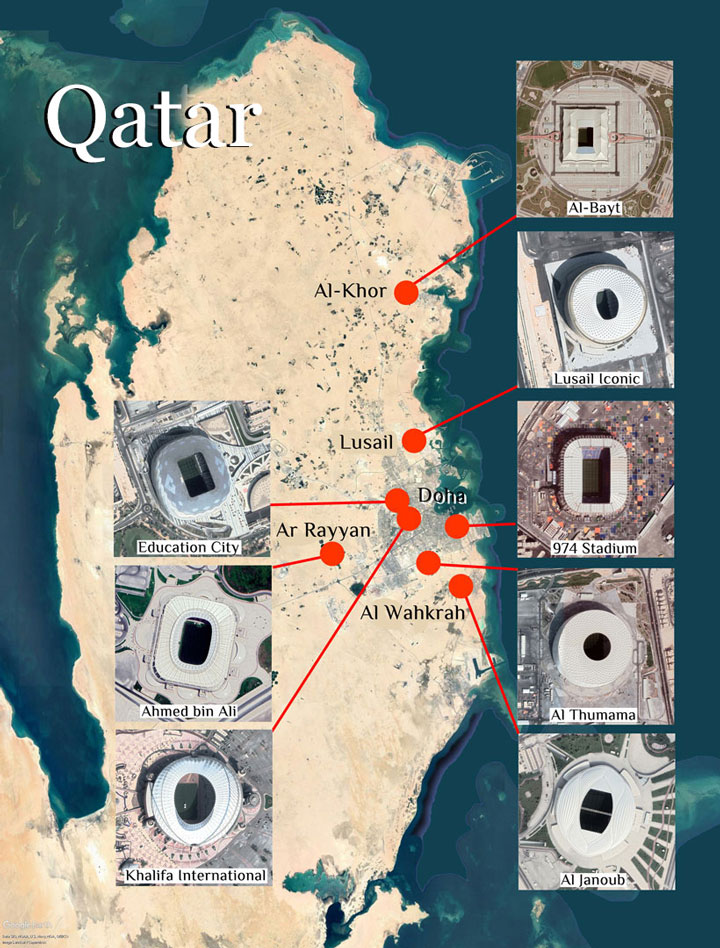
All eight World Cup stadiums have been built with targeted planning starting with the reduction of dust emissions during construction, and each facility has been assessed with a 4-star certification by the Global Sustainability Assessment System (GSAS) with respect to design, building and construction management parameters.
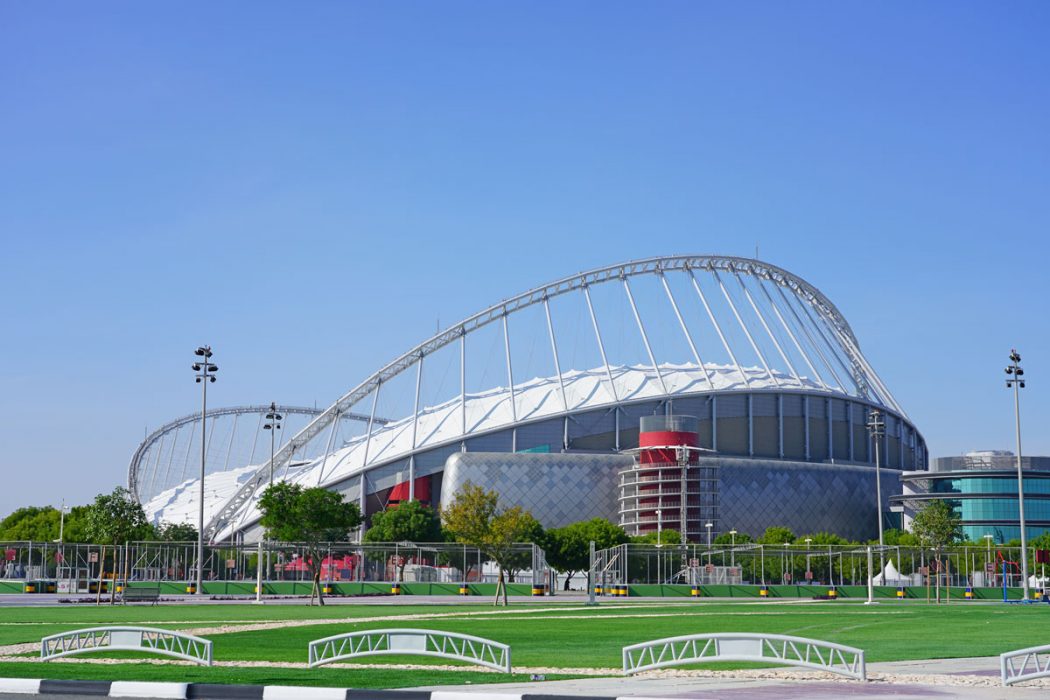
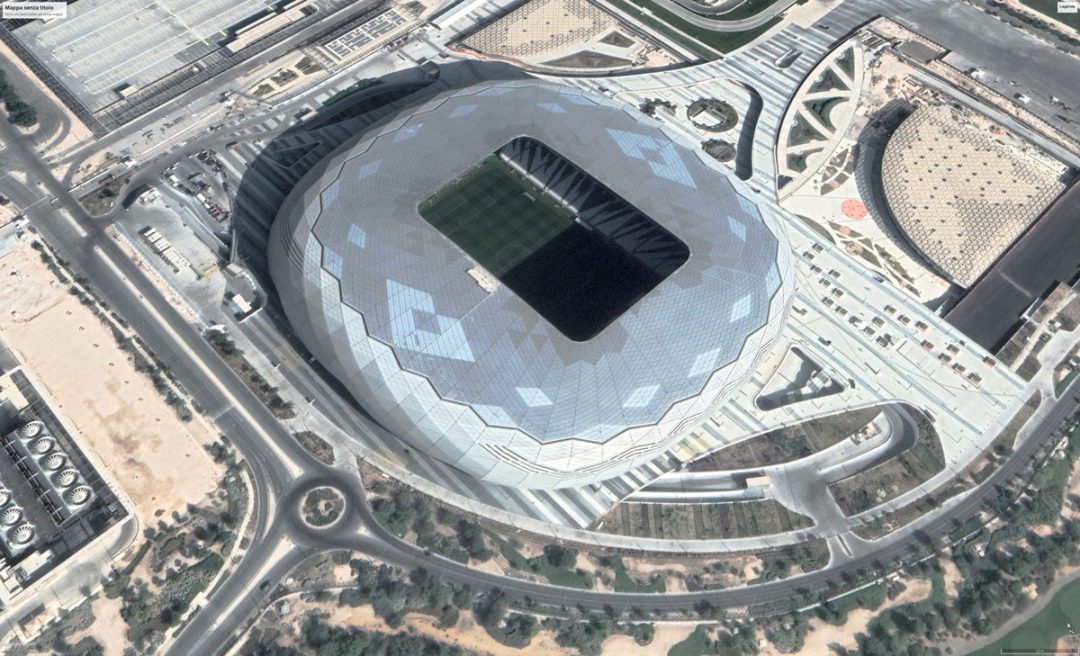
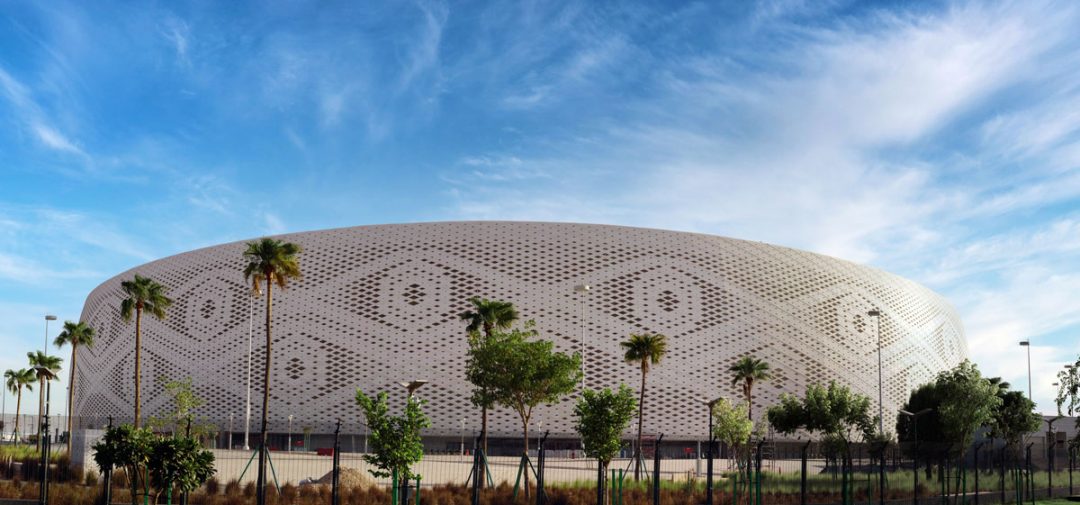
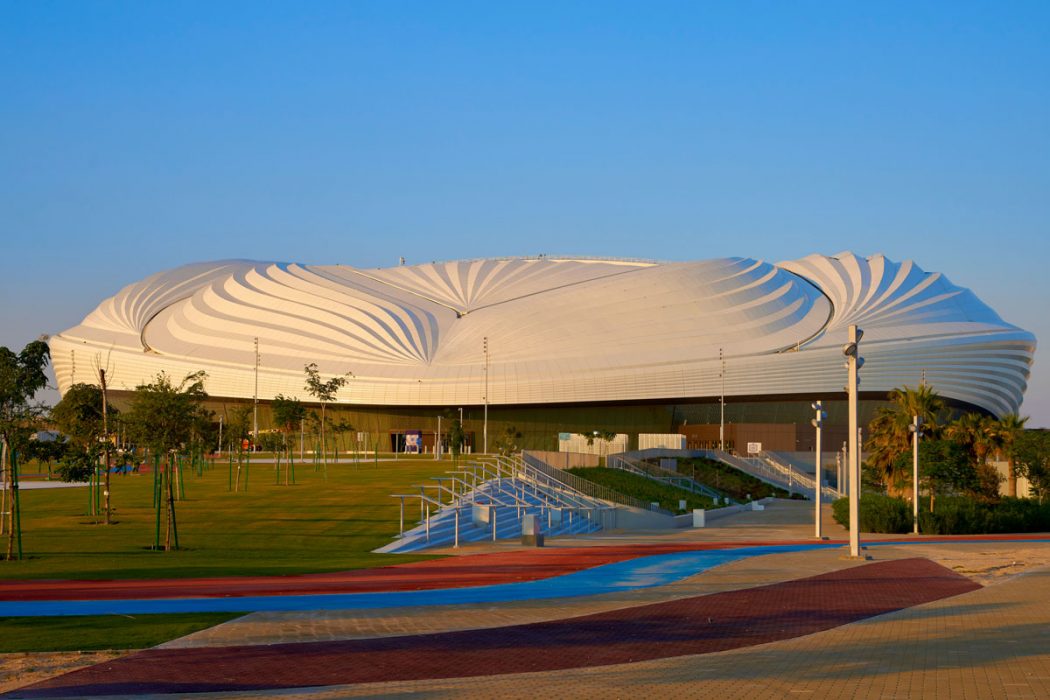
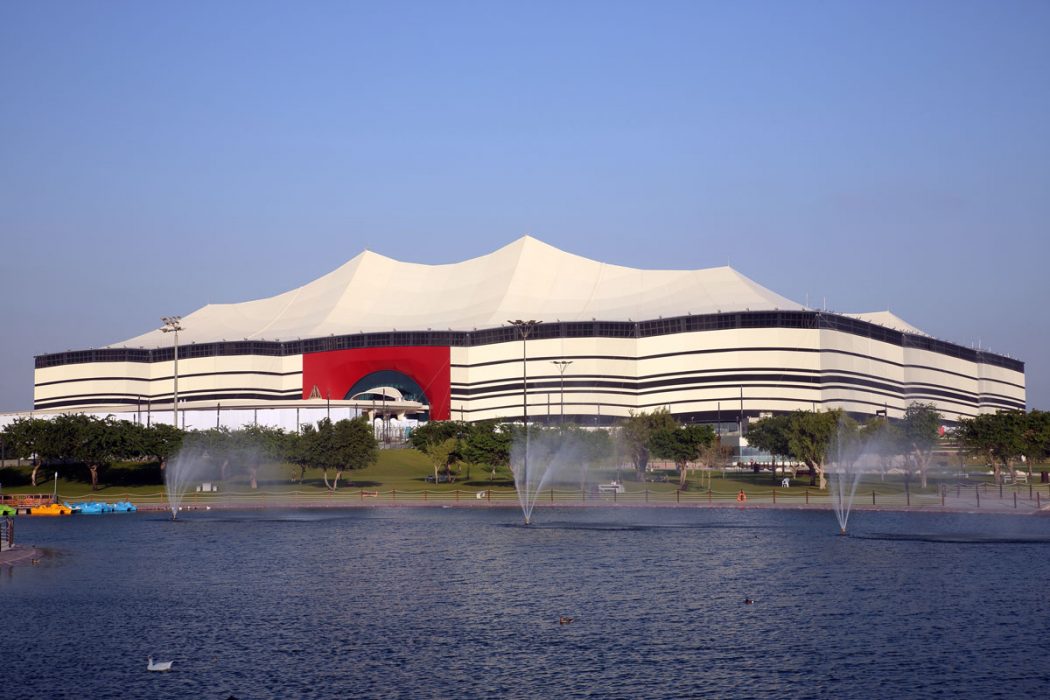
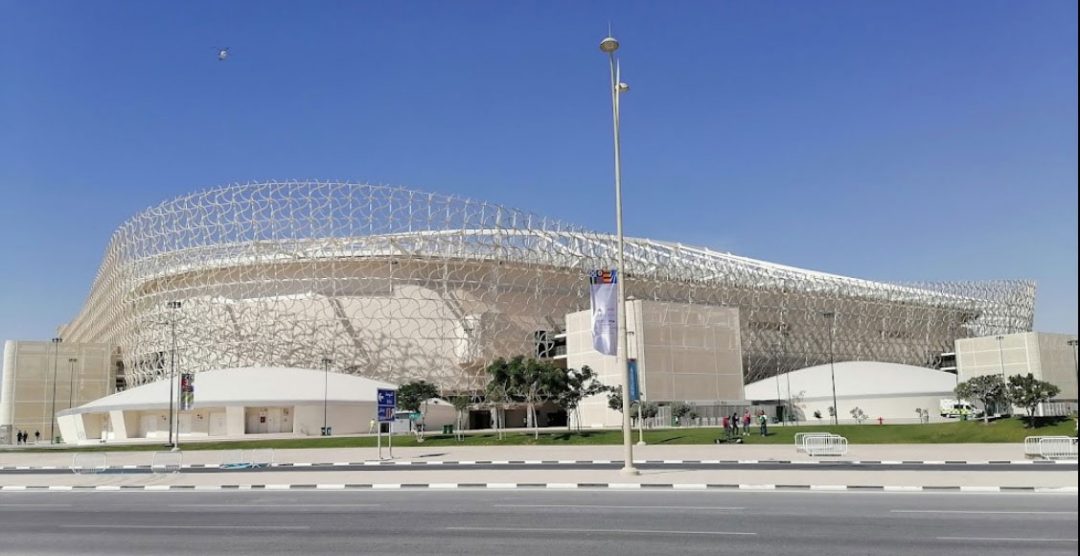
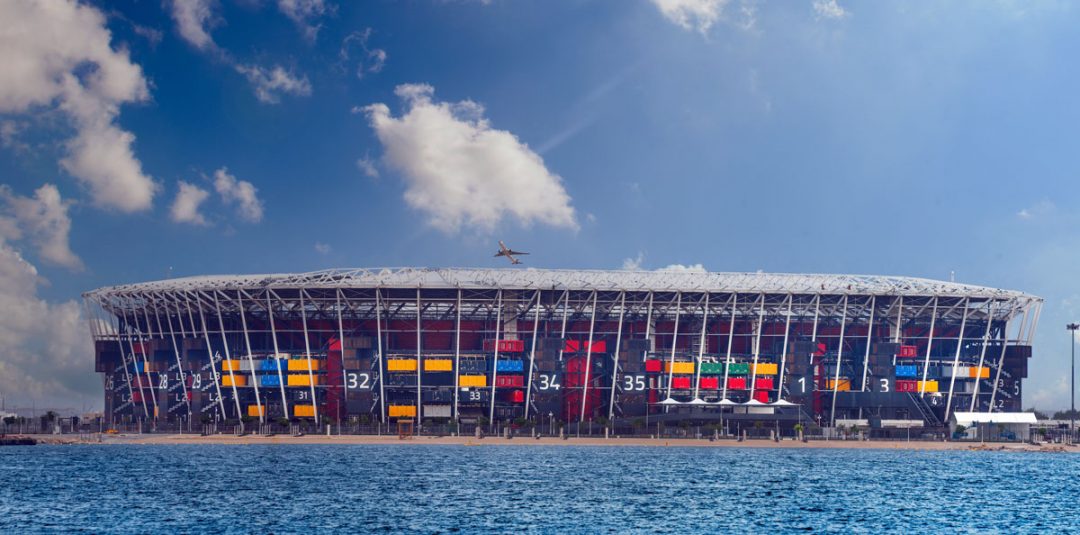
Furthermore, each Qatar 2022 stadium also has non-trivial aesthetic traits: the evocative character of the architecture that will host the competitions celebrates the local cultural and artistic identity through repeated geometries and patterns, which draw heavily from the country’s figurative tradition.
The Qatar 2022 World Cup is thus proposed as a tournament that can provide a fundamental new organisational example for the sport. In line with the Olympic approach, football can also envision future major tournaments with minimal impact on the environment and cities, but with a legacy that is functional and measured to local needs.







